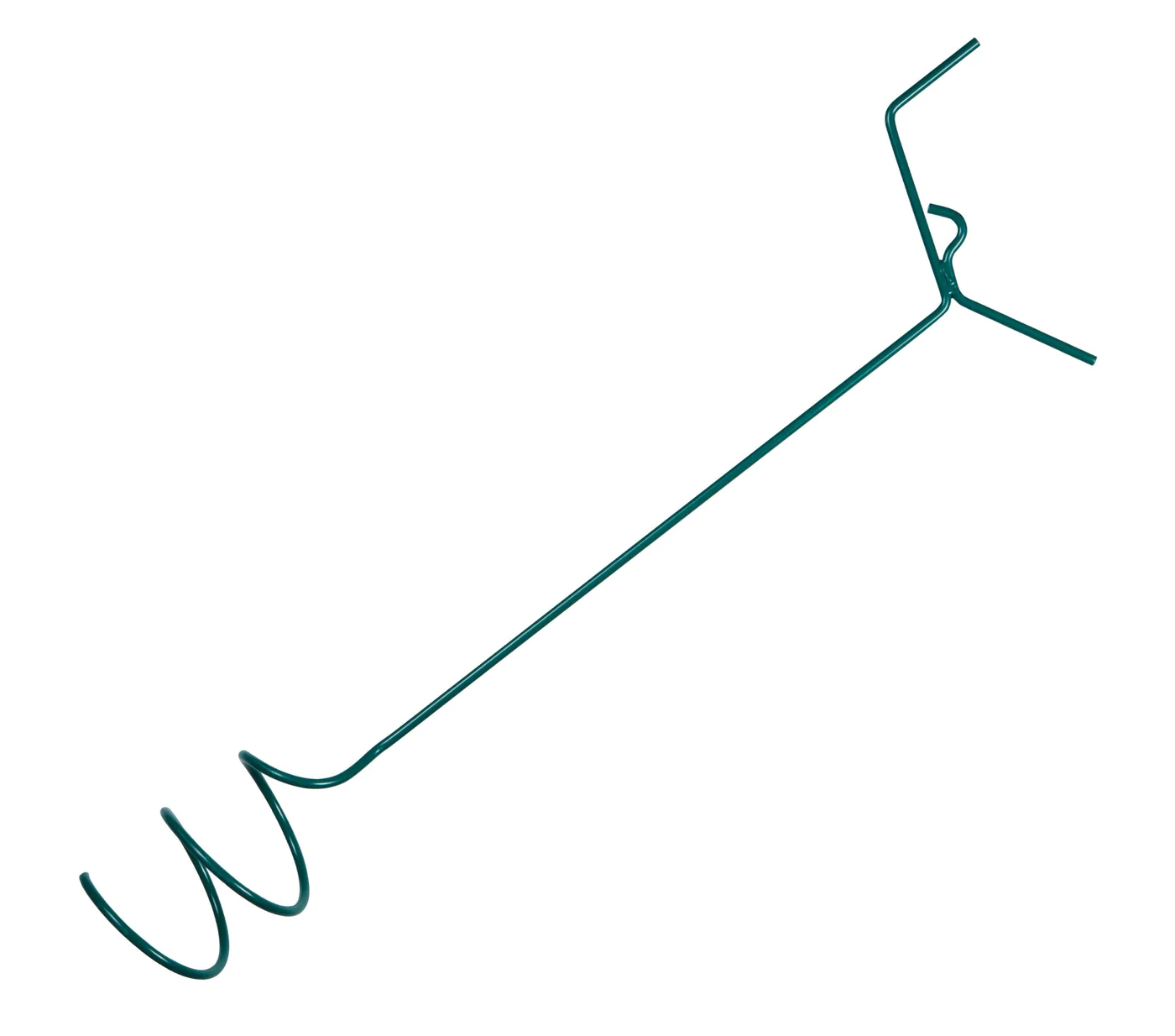This week we are talking about compost. Interesting, because so is everyone else. We chatted here on EcoRadio about the compost exchange on the Gold Coast run by Seed the Ground recently and I know that most of the gardening podcasts are compost crazy right now.
That’s because March is the time we get the ground ready for the fabulous growing season that is the Brisbane winter. European vegetables love a Brisbane Winter, it’s as warm and dry as a European summer and most of our ferocious subtropical bugs take a Winter break. So harvest the last of your pumpkins, pile up the old plants, the biggest weeds, all the leaves and grass clippings you can find and get your compost revving.

Compost is an ecosystem where microbes, grubs, worms and bugs chomp through dead vegetable matter and turn it into nutritious soil. Healthy soil, grows healthy plants. Healthy plants deliver healthy food and healthy food builds healthy humans. So a good looking compost heap will put a twinkle in your eyes, a shine on your hair and a glow on your skin … and that’s without taking into account the physical and spiritual benefits of getting your hands dirty.
To make your compost a healthy ecosystem, you want to ensure that it has enough air and water with a good mix of nutrients to keep that ecosystem alive. Too dry and it will just sit there and look at you like a pile of dried out garden scraps. Too wet and not enough air and it will smell like a dead animal or a giant poo. If there are too many food scraps and not enough leaves and other sources of carbon and that’s exactly what it will do. The other way around is not too great either. If you pile up the grass clippings without any food scraps or sources of nitrogen and it will ferment like sauerkraut for cows (aka silage) and rob nitrogen from the soil.

So, mix up the ingredients, toss it around a bit and give it a hose now and then if it is not getting enough rain and it will stay sweet and decay quickly. The compost you see here is between four and six weeks old, is about two thirds grass clipping and one third food scraps from the kitchen. It was bred up in a black plastic bucket, open at the bottom and turned every now and then with a garden fork or this whizz bang compost turning device that came along in the last two weeks.
That’s one of the great joys of a community garden. People keep turning up with new techniques and tips to make life easier and more fun. There is a set of instructions for making your own compost aerating screw at a Canadian site called The Art of Doing Stuff.

The little banana plant getting its first feed since the leaves made it above the ground is one of the plants that got burned in the recent heatwave and was shaded by a tepee made from palm fronds. That’s another joy of a community garden. You get to see lots of different projects all taking place in one place. A great place for learning.
Don’t forget, get those tomato, lettuce, spinach, broccoli, cauliflower and cabbage seeds into pots now so that you are ready to plant them out when it cools down after the equinox (Easter) and your compost is ready. That way you can have your winter crops in the ground by Anzac day (a moon after the equinox) and be eating your first flush of early leaves by the winter solistice.
Of course, you can listen the podcast online.
